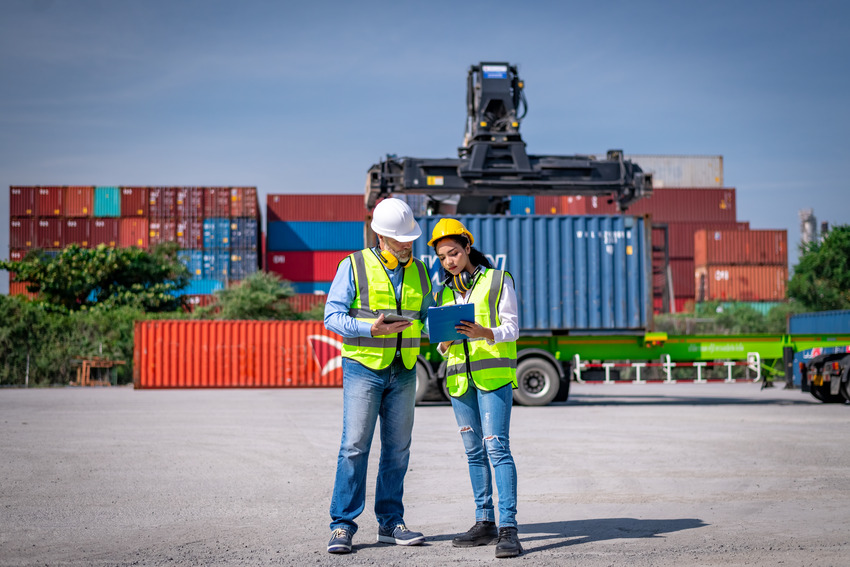Internet of Things (IoT), how is it relevant to Logistics

The Internet of Things (IoT) is a rapidly growing technology trend that has the potential to revolutionise the way businesses operate, particularly in the logistics industry. IoT refers to the interconnection of everyday objects with the internet, allowing them to send and receive data.
This enables these objects to communicate with each other and with centralised systems, creating a network of connected devices that can be remotely monitored and controlled.
In the context of logistics businesses, IoT has the potential to streamline operations, improve efficiency, and reduce costs. By connecting vehicles, equipment, and inventory to the Internet, companies can track their assets in real time and gather valuable data on their performance and location. This information can be used to optimise routes, improve maintenance schedules, and prevent theft or loss.
One of the key benefits of IoT in logistics is improved visibility and transparency. With IoT-enabled sensors attached to packages or shipments, companies can track their movement throughout the supply chain and provide real-time updates to customers. This not only improves customer satisfaction but also enables companies to better manage inventory levels and anticipate demand.
IoT can also help companies make more informed decisions by providing them with access to a wealth of data that was previously unavailable. For example, by analysing data from sensors attached to vehicles or equipment, companies can identify patterns of inefficiency or areas for improvement. This data-driven approach can lead to better decision-making and ultimately improved performance.
Another advantage of IoT in logistics is predictive maintenance. By monitoring equipment in real time and analysing data on its performance, companies can predict when maintenance is needed before a breakdown occurs. This proactive approach can prevent costly downtime and extend the lifespan of assets.
Furthermore, IoT can enable companies to automate processes that were previously manual or labour-intensive. For example, RFID tags attached to inventory items can automatically update inventory levels as they move through the supply chain. Similarly, automated routing systems can optimise labour intensive delivery routes based on real-time traffic data and weather conditions.
Despite these benefits, there are also challenges associated with implementing IoT in logistics businesses. One major concern is cybersecurity, as connecting devices to the internet creates new vulnerabilities that could be exploited by hackers. Companies need to invest in robust cybersecurity measures to protect their data and ensure the integrity of their networks.
Additionally, there are concerns about privacy and data ownership when it comes to collecting large amounts of data from IoT devices. Companies need to be transparent about how they collect and use this data while also ensuring compliance with regulations such as GDPR.
In conclusion, IoT has the potential to transform logistics